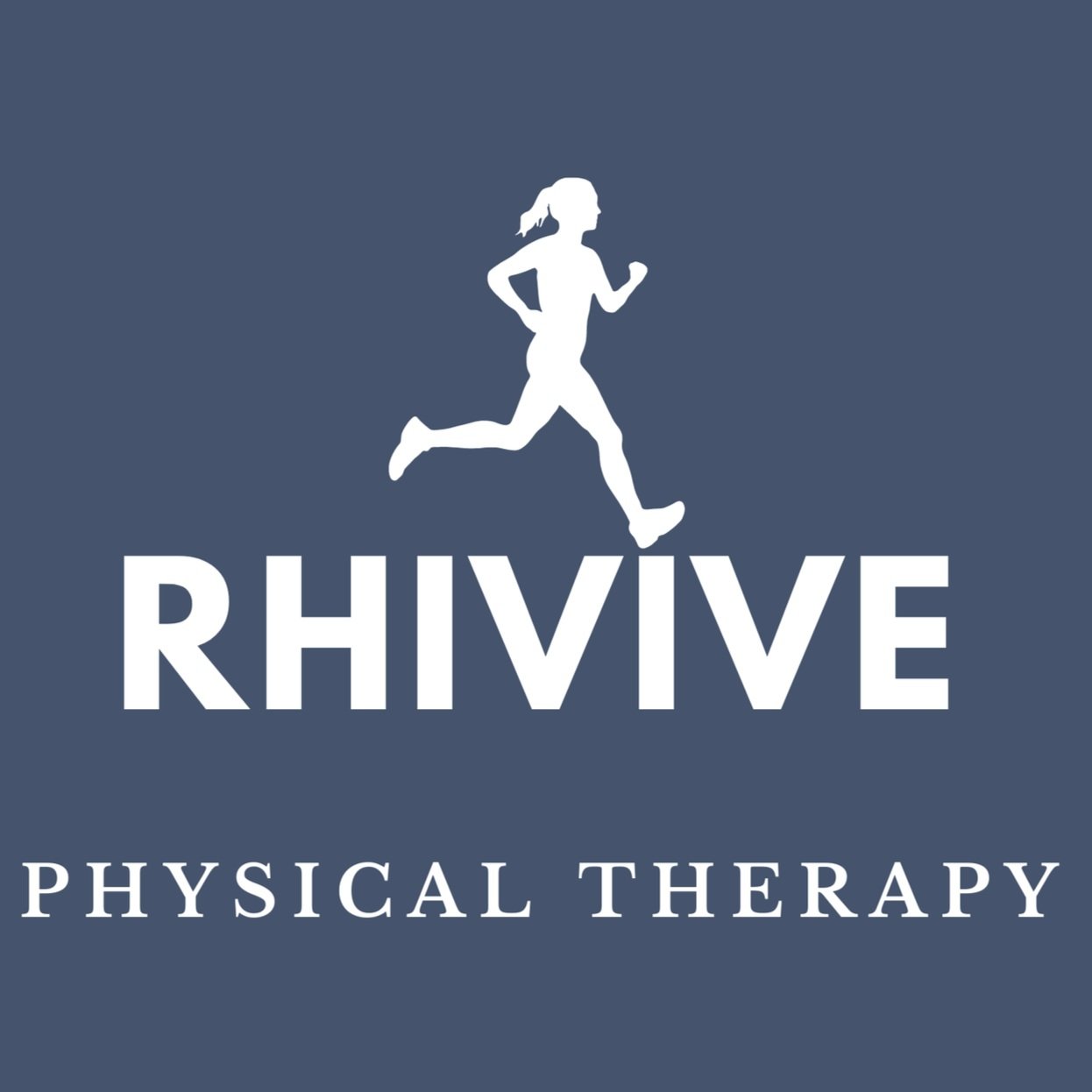Should Runners Do Core?
Most of us think of running as primarily working leg muscles. And yes, of course, it works your legs, but looking biomechanically, we are missing a BIG piece of this puzzle: the core. It could be the thing that is holding you back from being injury-free or moving past your plateau in performance. I am training for a half marathon and one thing that has been very humbling is feeling how my core and trunk muscles felt like jello after the long runs.
What does your core actually do when you run?
Posture and stability: these are endurance muscles that hold you upright whether you are sitting and standing. They keep your trunk and spine stable so that your limbs have an axis around which to rotate.
Force transfer: Everytime you take a step when you are running, your trunk does a counter rotation to balance out the force in your body. Having an efficient transfer of impact force throughout the body is essential for improving your efficiency as a runner and preventing overuse injuries.
Foundation: provides foundation for your legs and arms to move around. Without a strong foundation, excessive movement can happen in your hips, knees, ankles and feet and lead to injuries.
There are a number of different core exercises you can do for running but I have a few favorites that I like to keep as an essential part of my running training program. I have adapted these to be running-specific so that they prioritize endurance and stability over short-lasting power, work multiple muscle groups, and are in a range of motion that more closely simulates running gait. I know it’s hard to find time for strength workouts but these are well worth your while in terms of improving efficiency/performance and preventing injury. My guinea pig/workout buddy, Kinje, can attest to this :)
1. Bridge Walkouts: Start in a normal bridge with heels into the floor. Slowly walk out further down the mat until you find a point where you are challenged but can hold the position. Hold 30 seconds and then walk back up. Repeat 3-5 times.
2. Plank with Leg Extension Holds: Start in a standard elbow plank and lift one leg slightly off the ground. This is a low lift, even an inch is enough! Make sure your back does not arch as you lift the leg. Hold 30 seconds on each side.
3. Side Plank with Hip Abduction: Start in a side plank on your elbow and knee (or feet for more of a challenge). Lift the top leg and hold 30 sec. Option to do pulses for more of a challenge.
One of the most important things to know about running is that it is a biomechanical dance in which our body reacts to the force coming up from the foot striking the ground. There is a rhythmic choreography of rotation and stabilization, mobility and stability. It is a beautiful display of force transfer from the foot strike all the way up through the body. As you can imagine, if there is any “break” in the chain of force transfer from the ground up, it creates an inefficiency which, at best, could decrease your running performance, and at worst, cause an injury.
From a clinical perspective, a very common issue in the chain of force is relative weakness/incoordination of the hip and core muscles. These individuals will often benefit from this type of strengthening. That said, every runner is different! And there are many places that can cause a kink in the biomechanics so it is important to be aware of your own individual needs as a runner. For some, it is working on improving mobility, for some, its stability and strength, and for others, it is improving the coordination of how the muscles move and react to the forces of running.
I hope these exercises help, and if you have any questions, reach out to a healthcare provider who treats runners!! As a PT, I really enjoy working with other runners and providing physical therapy. I also do running video analysis to truly break down your gait to see where you can improve! Let me tell you, it is totally worth it. I video analyzed myself and it was very eye-opening to see my own biomechanics. It also gave me some great insight into what I want to work on while training for this half marathon!
*Information is for educational purposes only and is not a substitute for medical advice.





